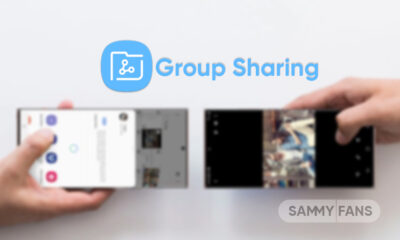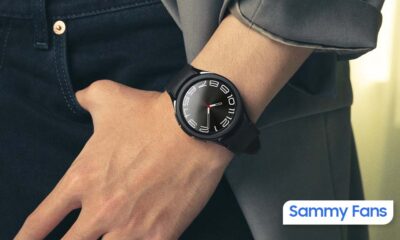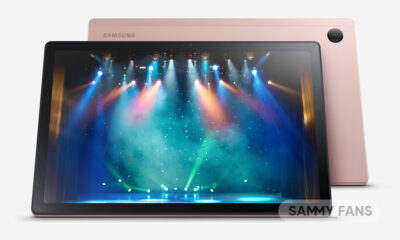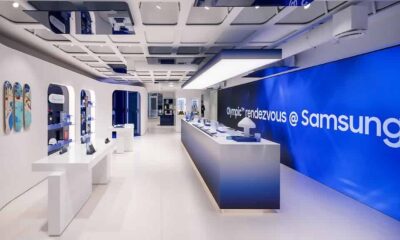News
[UPDATE]: Samsung launches new 0.7μm ISOCELL camera sensor of 108MP, 64MP, 48MP, and 32MP

UPDATE:
Samsung reveals its advanced 0.7μm-Pixel ISOCELL camera sensor on September 16, 2020. The new Samsung ISOCELL camera sensors for its 0.7 micrometers (μm)-pixel product lineup; ISOCELL HM2, ISOCELL GW3, ISOCELL GM5, and ISOCELL JD1 is now spotted in China.
The industry’s smallest pixel microchip realizes a more stylish design and a more compact camera size. A new generation of 0.7μm lineup equipped with the new ISOCELL 2.0-pixel technology will be launched at the end of the year
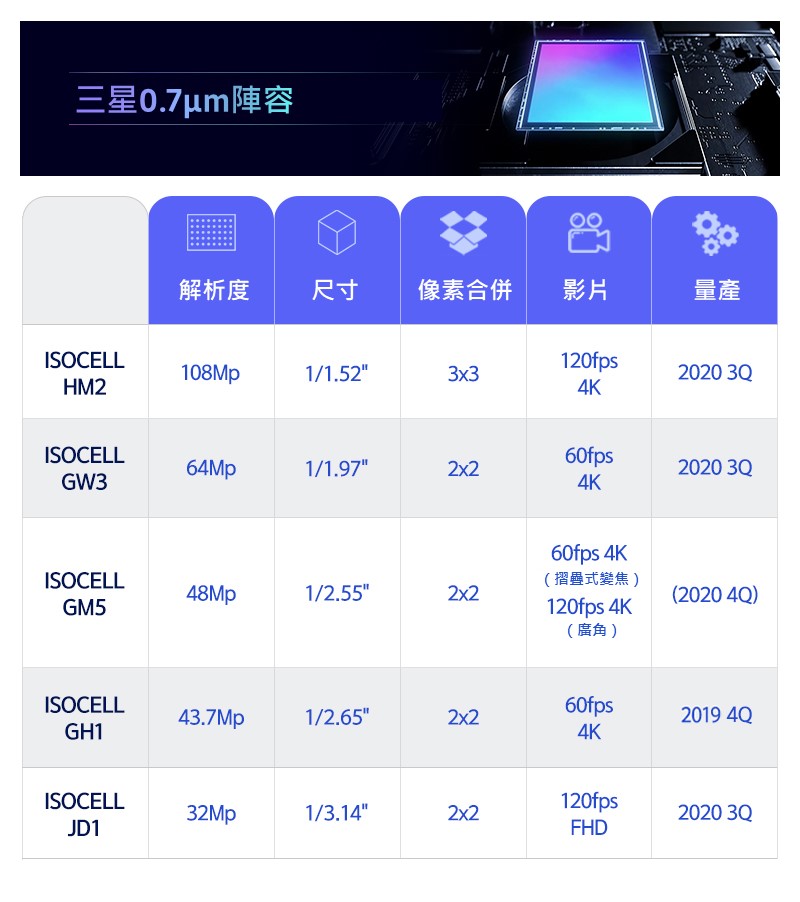
September 16, 2020:
Samsung has revealed a new report on its global newsroom about its Advanced 0.7μm-Pixel ISOCELL camera sensor. Samsung, today introduced four new Samsung ISOCELL camera sensors for its 0.7 micrometers (μm)-pixel product lineup; 108-megapixel (MP) ISOCELL HM2, 64MP ISOCELL GW3, 48MP ISOCELL GM5 and 32MP ISOCELL JD1. With the new 0.7μm ISOCELL technology, Samsung plans to expand the ultra-high-resolution offerings to mainstream smartphones.
“Samsung continues to pioneer innovations, such as ISOCELL Plus and Smart ISO, to deliver more pixels in a smaller package,” said Yongin Park, executive vice president of the sensor business at Samsung Electronics. “Last year, Samsung introduced the industry’s first 0.7μm-pixel camera sensor and the first 108MP sensors. Now we are bringing more of the advanced pixel technologies to mobile cameras in a variety of options that will enable high-resolution images and sleeker designs in a wider selection of tomorrow’s mobile devices.”
![]()
JOIN OUR SAMSUNG CHANNEL ON TELEGRAM
In the latest 0.7μm products to be introduced later this year, Samsung will start rolling out an enhanced pixel technology, ISOCELL 2.0, which allows excellent performance despite the challenges with decreasing pixel sizes. The new technology further enhanced the wall structure between cells, resulting in an added light sensitivity of up to 12 percent compared to the current ISOCELL Plus technology.
The New 0.7μm Lineup;
- ISOCELL HM2 is Samsung’s third 108MP camera sensor following the HMX and HM1. The new 108MP-sensor is around 15-percent smaller than the 0.8μm-based predecessors and reduces the height of the camera module by 10 percent.
- ISOCELL GW3 is a 64MP-camera sensor optimized for mainstream devices. Thanks to the smaller pixel size, the GW3’s optical size is nearly identical to that of Samsung’s 0.8μm 48MP camera sensor. In addition to Tetracell and Smart-ISO technologies that help the sensor take bright camera with high color fidelity, the GW3 is ideal for active lifestyles, featuring gyro-based electronic camera stabilization (EIS) for sharper still photos and steadier videos.
- ISOCELL GM5 is a versatile 48MP-camera sensor designed for use in telescoping or ultra-wide angle cameras. When used as a 5x optical telescoping sensor for folded-zoom, the GM5 takes full advantage of the compact 0.7μm pixel size that minimizes the camera bulge. For ultra-wide shots, the GM5 supports high-speed full-HD recording at 480fps. The sensor also offers a staggered-HDR feature, a faster and more power-efficient HDR technology that expedites image processing by sending a readout of long, medium, and short exposures of each row of pixels respectively to the mobile processor.
- ISOCELL JD1 is the industry’s smallest 32MP-cameraca sensor at 1/3.14-inches, making it an ideal solution for smartphones with bezel-less displays that incorporate a hole-in-active-area or motorized pop-up mechanism for the front-facing camera.
![]()
News
Google should thank Samsung: Wear OS will seize 27% market in 2024

Counterpoint Research predicts Wear OS will lead 27% market share in 2024. The growth of Wear OS is highly powered by Samsung apart from Google and newcomers. Meanwhile, HarmonyOS is also growing in mainland China, expected to seize 61% market.
According to the report, Samsung, Google, OnePlus, OPPO, and Xiaomi will drive Wear OS volumes. In the global market, non-WatchOS shoppers prefer Wear OS, while HarmonyOS in China. Accordingly, the Wear OS share outside China will climb to 27% this year.
Samsung Galaxy Watch has a large share of the overall Wear OS market. Google is also expanding its footsteps in the segment, with the third iteration of Pixel Watch coming later this year. Rumor is that an affordable Pixel Watch 2a might also be introduced.
Don’t Miss | Roaring HarmonyOS watch growth is a potential threat to Samsung!
OnePlus recently launched its new Wear OS watch at premium pricing and long-lasting battery as a key selling point. Samsung is also expected to launch a new set of watches powered by Wear OS in the second half, pushing the growth momentum further.
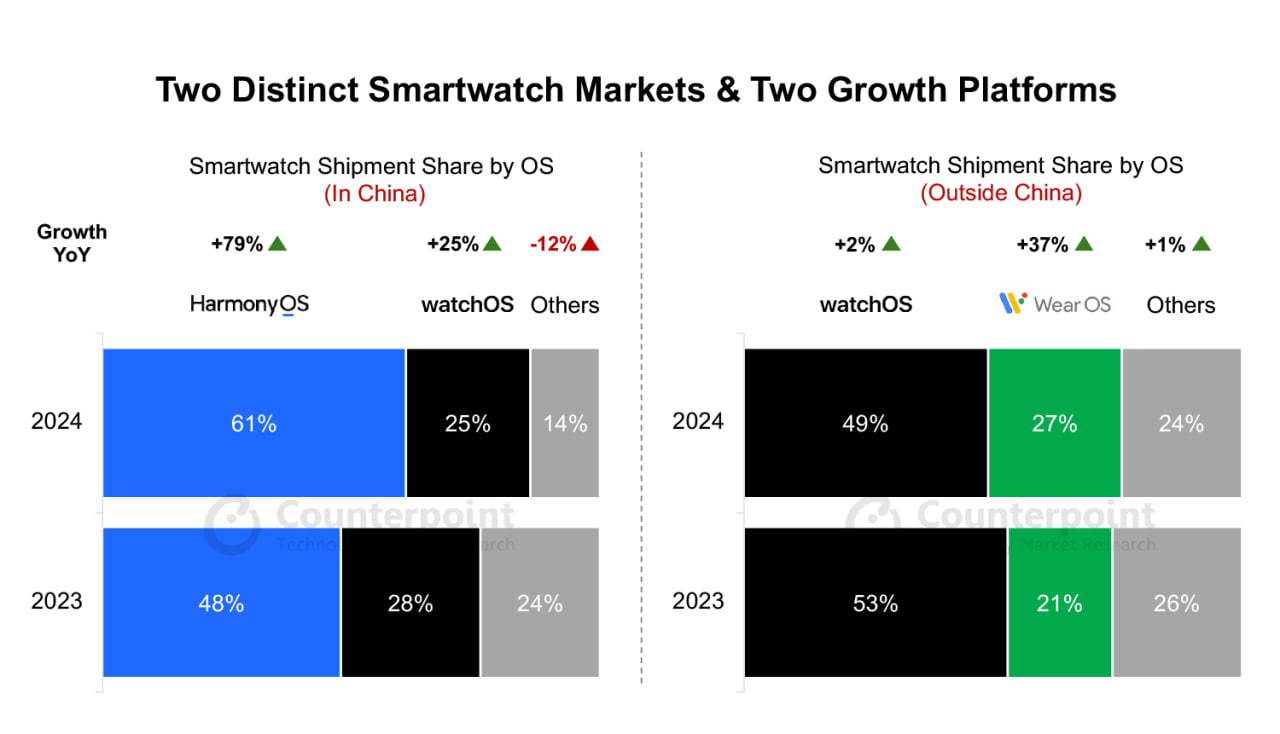
Image: Counterpoint Research
Stay up-to-date on Samsung Galaxy, One UI & Tech Stuffs by following Sammy Fans on X/Twitter. You can also discover the latest news, polls, reviews, and new features for Samsung & Google Apps, Galaxy Phones, and the One UI/Android operating system.
Do you like this post? Kindly, let us know on X/Twitter: we love hearing your feedback! If you prefer using other social platforms besides X, follow/join us on Google News, Facebook, and Telegram.
News
Samsung kickstarts 2024 Paris Olympic and Paralympic campaign
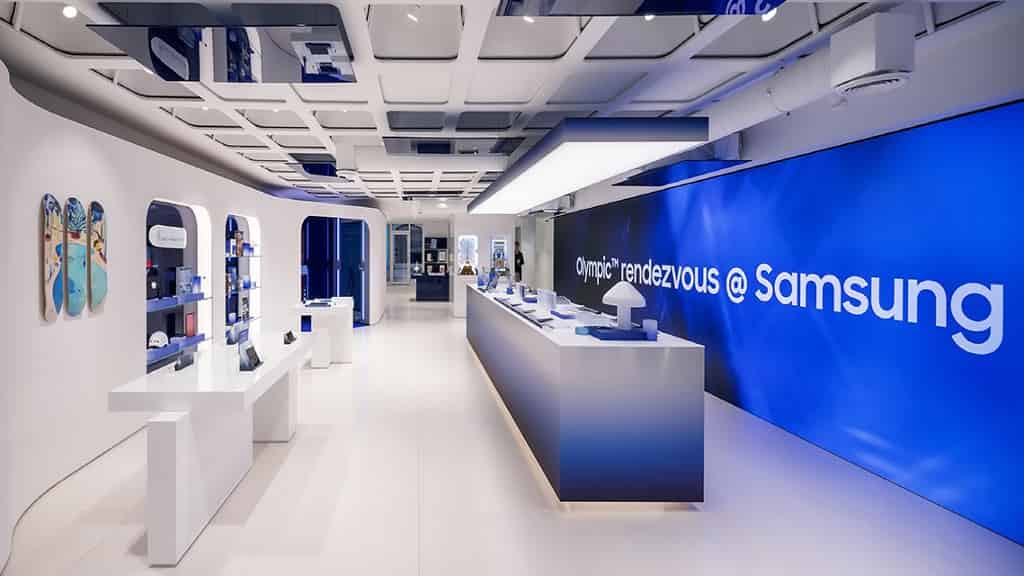
Samsung commences the “Open always wins” campaign given the 2024 Paris Olympic and Paralympic Games. Besides, the company announced the grand opening of its Olympic Rendezvous @ Samsung | Champs-Elysees 125 showcase.
The company’s ‘Open always wins’ message expresses its belief that openness enables new perspectives and infinite possibilities. As announced in January 2024, it will serve as the heart of its Paris 2024 Olympic and Paralympic programming.
Olympic rendezvous @ Samsung | Champs-Elysees 125
This showcase will take Olympic and Paralympic Games fans on an epic journey to Paris 2024 through iconic experiences. Participants will get to relive the biggest highlights of Games past with Galaxy and explore Samsung’s latest innovations like Galaxy AI.
Located at 125 Avenue des Champs-Élysées, Olympic Rendezvous @ Samsung will open its doors to the public on May 3 and run until October 31. It will be open to anyone who wants to immerse themselves in the Olympic and Paralympic Games Paris 2024.
Team Samsung Galaxy skateboarder
Samsung’s campaign launched today comes with ‘Open always wins’ to life through the stories of Team Samsung Galaxy skateboarder Aurélien Giraud (France), Para sprinter Johannes Floors (Germany), and breakdancer Sarah Bee (France).

Image: Samsung Newsroom
Stay up-to-date on Samsung Galaxy, One UI & Tech Stuffs by following Sammy Fans on X/Twitter. You can also discover the latest news, polls, reviews, and new features for Samsung & Google Apps, Galaxy Phones, and the One UI/Android operating system.
Do you like this post? Kindly, let us know on X/Twitter: we love hearing your feedback! If you prefer using other social platforms besides X, follow/join us on Google News, Facebook, and Telegram.
News
Samsung preps 2nm GAA tech for mass production
Samsung will reveal the third-gen GAA applied in the 2nm (SF2) process at the VLSI Symposium 2024 BusinessKorea reports. The company will likely commence mass production based on its next-gen (2nm) fabrication process next year.
High production costs and economic downturn benefitted TSMC in 3nm products. Apple’s latest chip is fabricated on a 3 nanometer process node, while the latest Snapdragon chips still utilize 4nm tech. Meanwhile, Samsung aims for third-gen GAA to apply in the 2nm process.
Well, Taiwan’s TSMC is also targeting GAA technology for 2nm products. Faster adoption and production are expected to push Samsung Foundry to gain clients. Competitive pricing would also benefit it bringing back consumers like Qualcomm for Snapdragon.
Samsung GAA
Samsung’s GAA is a next-gen transistor technology, which regulates and amplifies or switches off the flow of current within a semiconductor. It features a redesigned transistor architecture to overcome problems like current flow in smaller semiconductors to improve power efficiency.
Image: Samsung Semiconductor Newsroom
Stay up-to-date on Samsung Galaxy, One UI & Tech Stuffs by following Sammy Fans on X/Twitter. You can also discover the latest news, polls, reviews, and new features for Samsung & Google Apps, Galaxy Phones, and the One UI/Android operating system.
Do you like this post? Kindly, let us know on X/Twitter: we love hearing your feedback! If you prefer using other social platforms besides X, follow/join us on Google News, Facebook, and Telegram.

